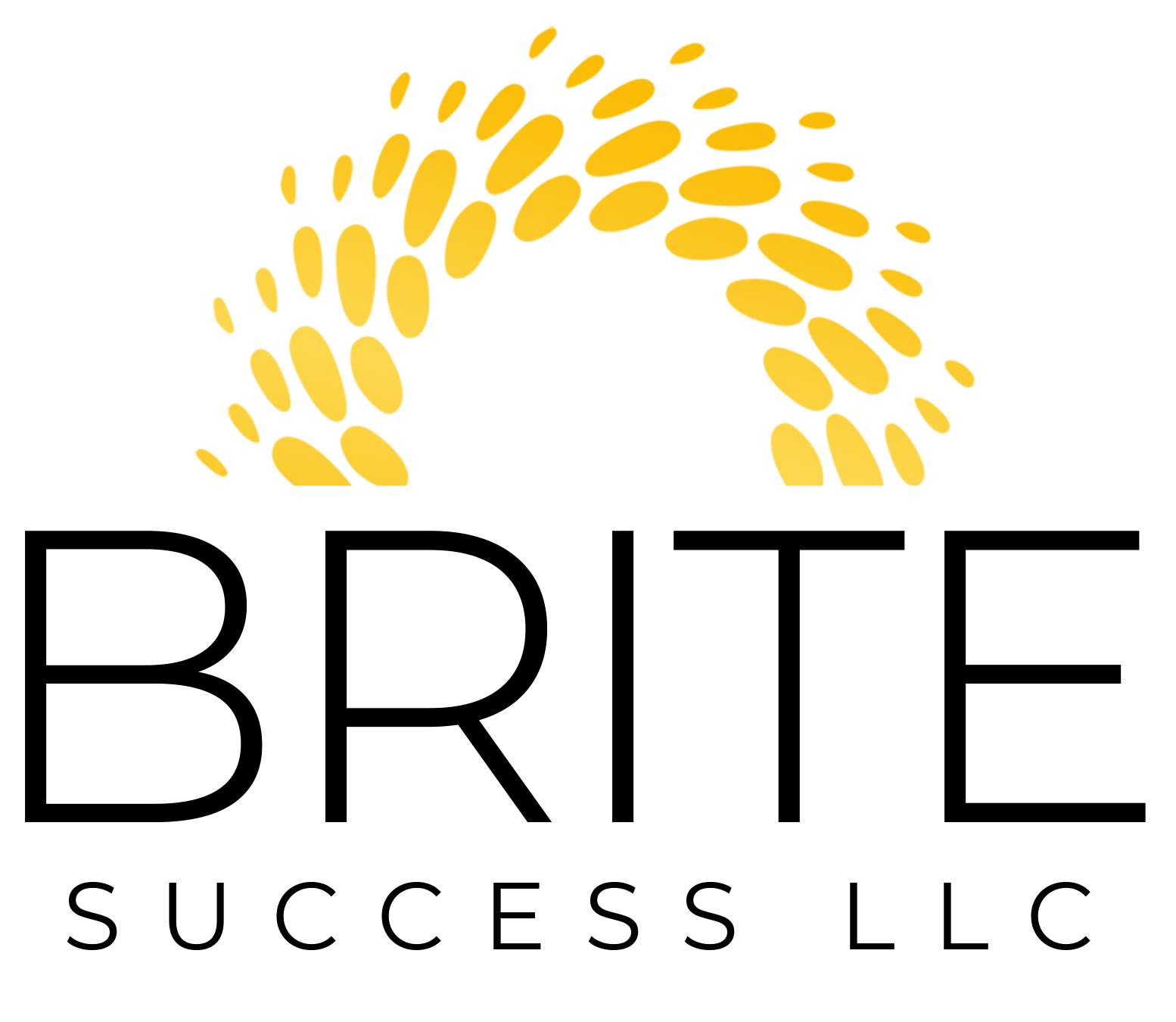Steps For Success
Behavior
Communication
Community
Sensory
Social Skills
Transition
BEHAVIOR
“Before you can judge whether or not a behavior should be changed, you have to know precisely what the behavior is.” -Kaplan
Does your child or student have ”behavior problems”? Do you, as a parent or teacher, find yourself giving into disruptive and possibly explosive behavior in order to see it end? Do you witness behavior and think to yourself “How do I ignore that?!”
What many fail to realize or understand is that behavior, good or bad, is a form of communication. BRITE Success LLC can help! We can provide the tools needed to first, identify the “triggers” or reasoning behind uncontrollable, explosive, and sometimes violent behaviors as well as give you the tools to prevent these types of behavior from occurring at home and in the classroom.
Below are a few areas that BRITE Success LLC can help with regard to Behavior:
Behavior is Communication.
Understanding The ABC’s
How do I ignore That!?
Antecedent – what occurs before the behavior.
Behavior – The actual measurable activity/response.
Consequence – what follows the behavior that makes it stop or persist.
Understanding Behavior as Function
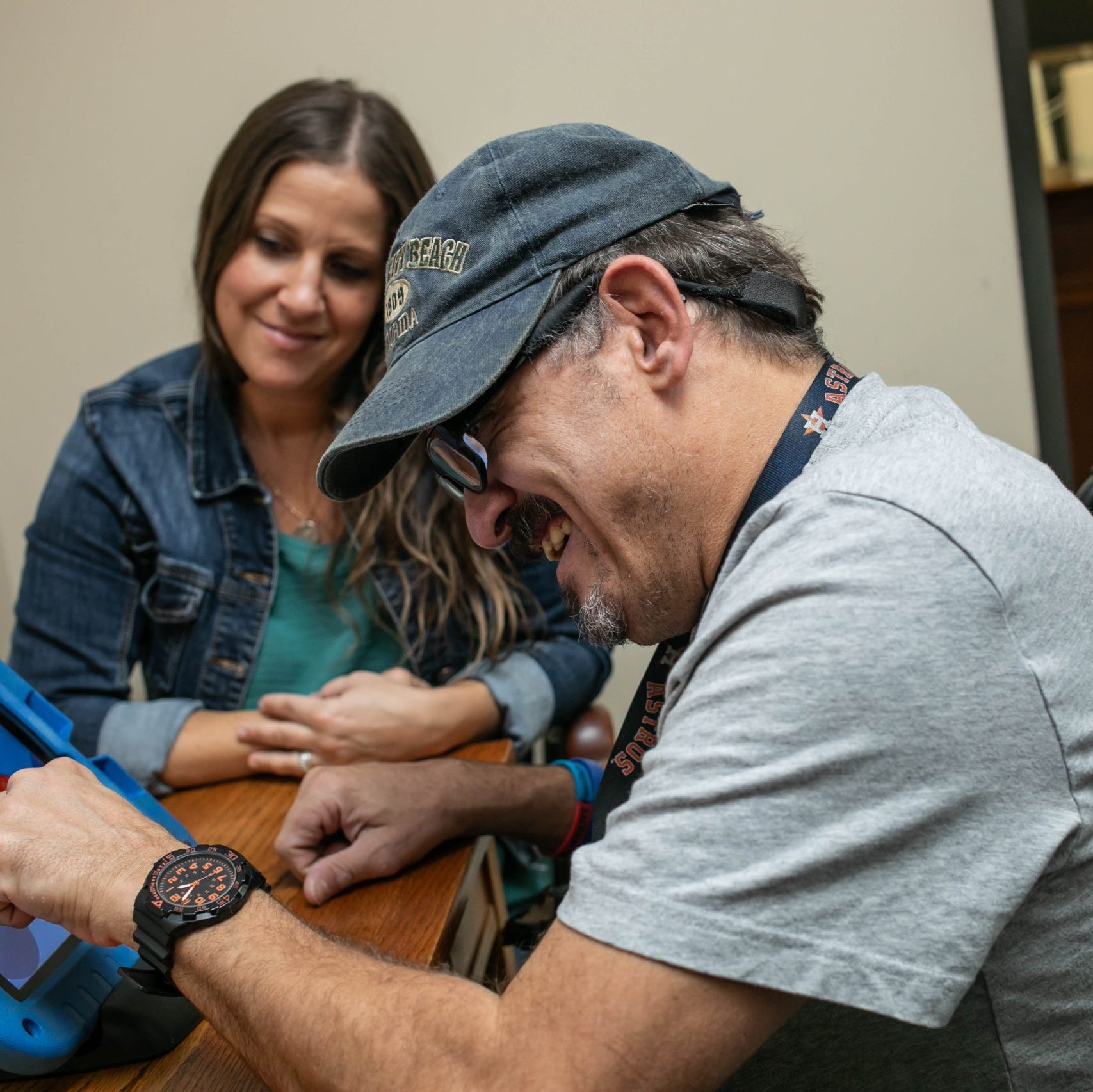
COMMUNICATION
BRITE Success proudly offers a wide range of consultation and direct services including:
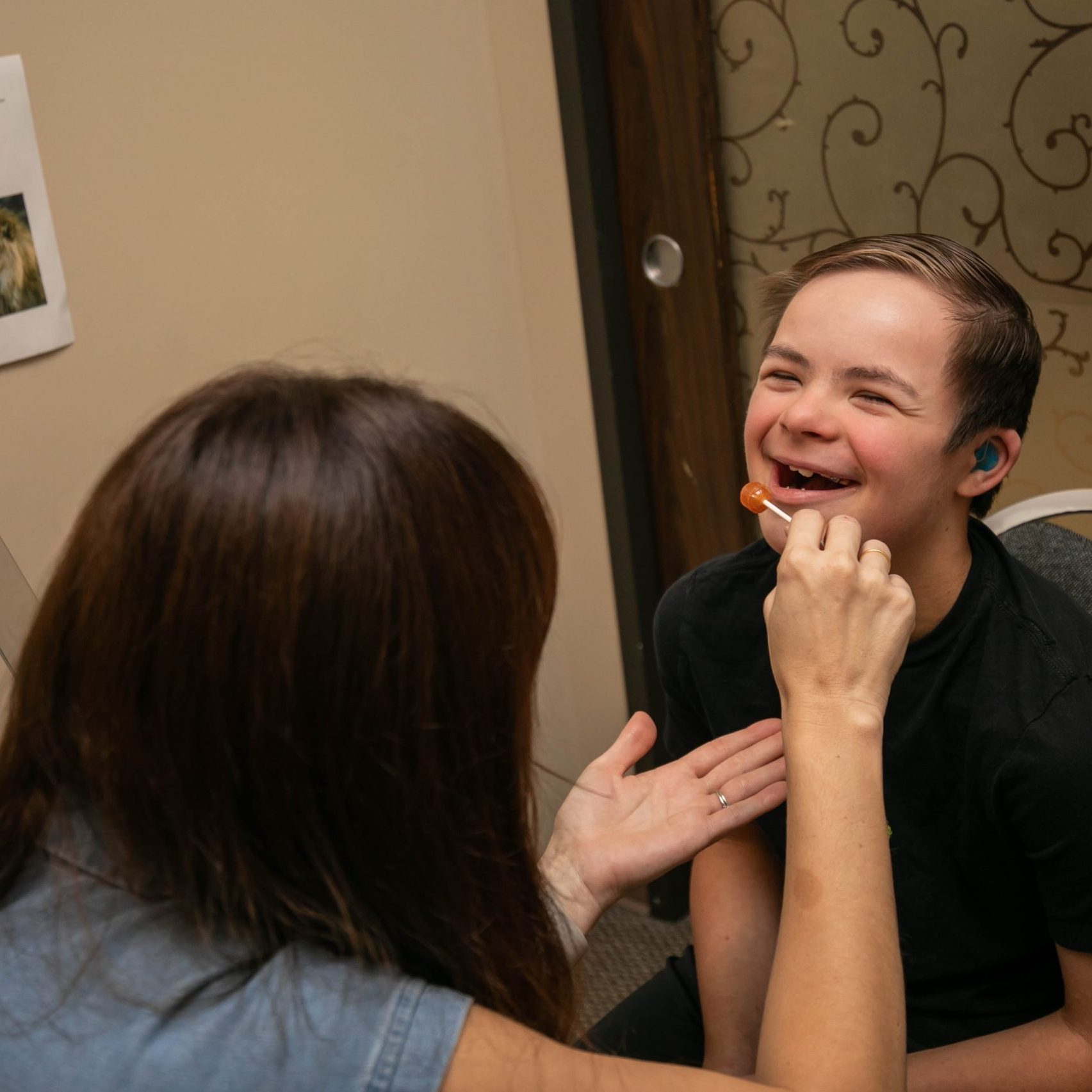
COMMUNITY
BRITE Success proudly offers a wide range of consultation and direct services including:
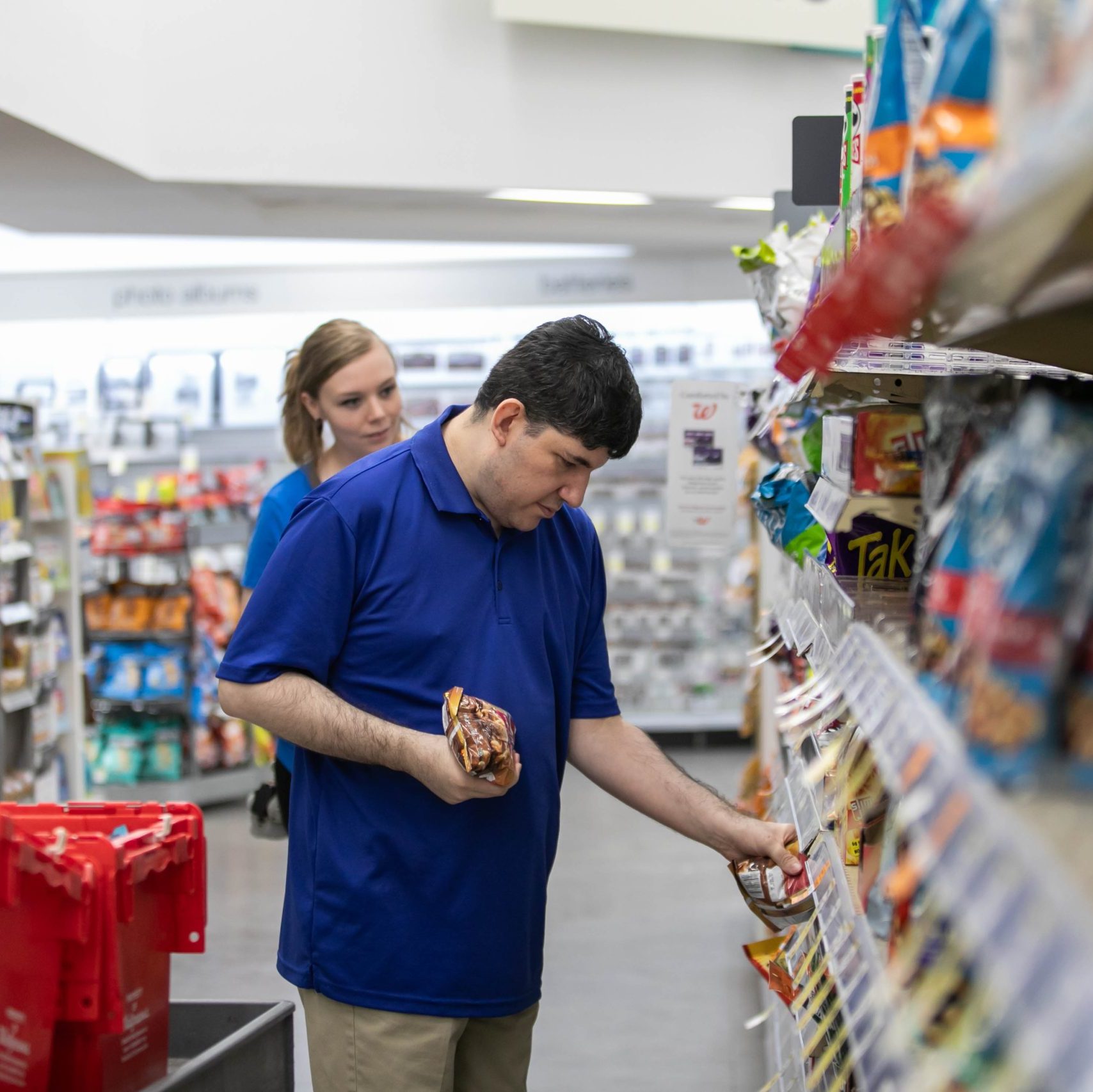
How does my child, student, young adult fit into their surrounding local community? Is there a place for them? Will they feel like they belong?
BRITE Success LLC can help you answer these questions by helping your child, student or young adult find their place within their local community through:
SENSORY
“Faulty sensory processing can result in sensorimotor delays”-Laura Haack MS, OTR
Is your child a picky or resistant eater? If so, this might be due to improperly processing sensory information which may lead to feeding problems.
The sensory system is responsible for processing sensory information and consists of sensory receptors, neural pathways and parts of the brain involved in sensory perception. Vision, hearing, touch, taste, and smell are those commonly recognized senses that allow individuals to physically discover the world around them.
Senses allow most individuals ways to relate to and discover the world; however, there are some who process, organize and interpret sensory information differently which can create many challenges.Understanding the differences between processing and integrating sensory information is the first steps to helping students understand how to react, discover, and accept the world around them.
SOCIAL SKILLS
“Knowledge is learned in islands without bridges that connect it to other knowledge. Our students often don’t see the whole picture.”-Michelle Garcia Winner
Socializing is a natural part of life and the way for individuals to interact with one another and become successful is through socialization. If one thinks about it, socializing begins in early childhood at pre-school, daycare, on the playground and even in the home with siblings.
Whether a child has high or low cognitive functioning, does not prevent that child from needing to be taught social skills. Children with ASD need to value those around them and to value personhood, one must first see a person as more than an object or obstacle.
Enabling individuals with ASD to recognize and use the “Hidden Rules” for becoming socially accepted and part of a community to create emotional fulfillment while providing a sense of belonging and purpose .
TRANSITION
“Transition is the creating and building of a person’s life by integrating the past and present into the future.” –Excerpt from Becoming Remarkably Able, by Jackie Marquette PhD
There are many questions a parent or teacher needs to be asking themselves regarding their child’s transition into adulthood:
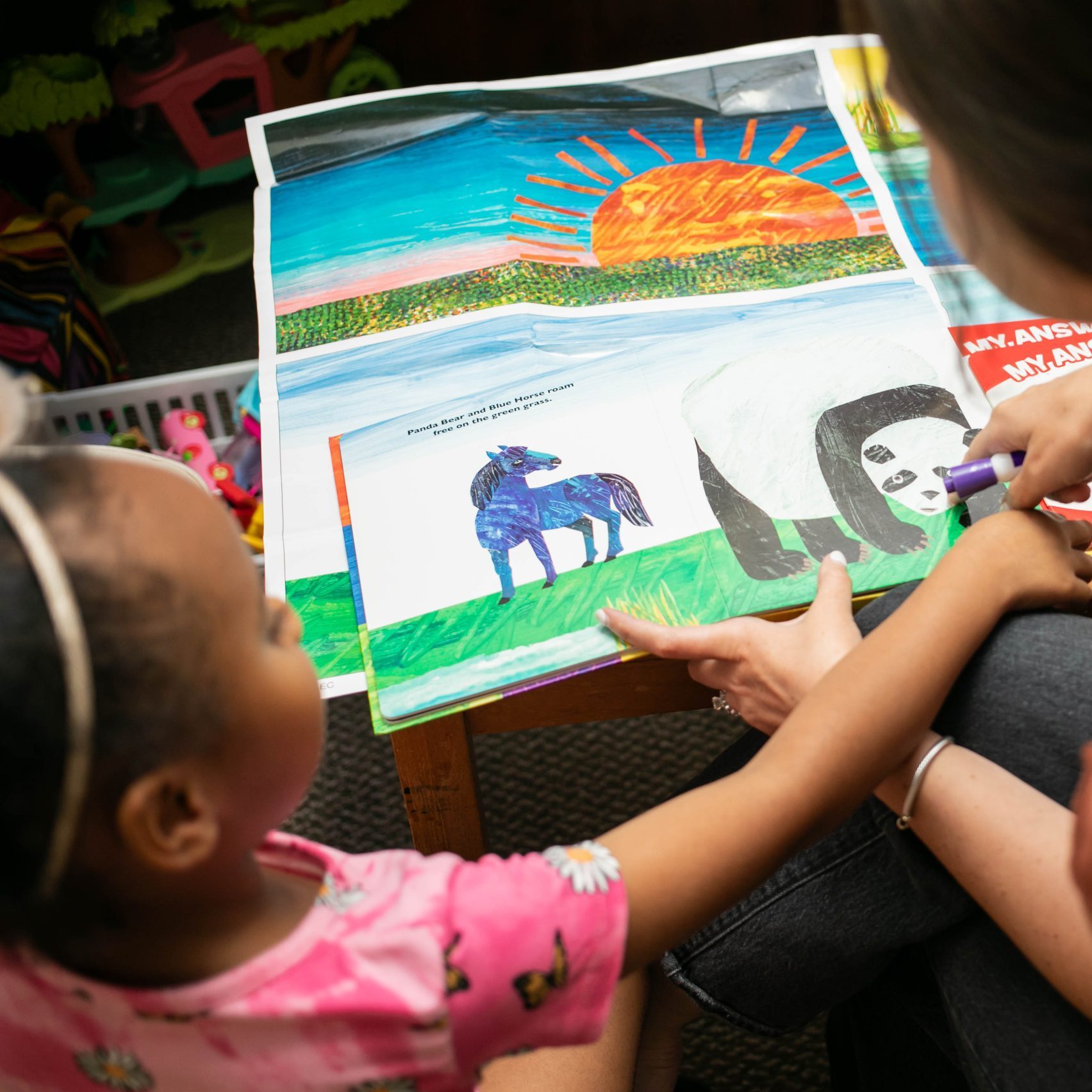
Whether we want to admit or not, the future is coming, it is inevitable. The best way to approach this transition is to create a plan addressing post secondary education, training, employment, and independent living. A positive transition into adulthood is to ensure that “any person with any disability can deeply feel or say, ‘I belong; I matter; I am accepted’”. (Jackie Marquette)
